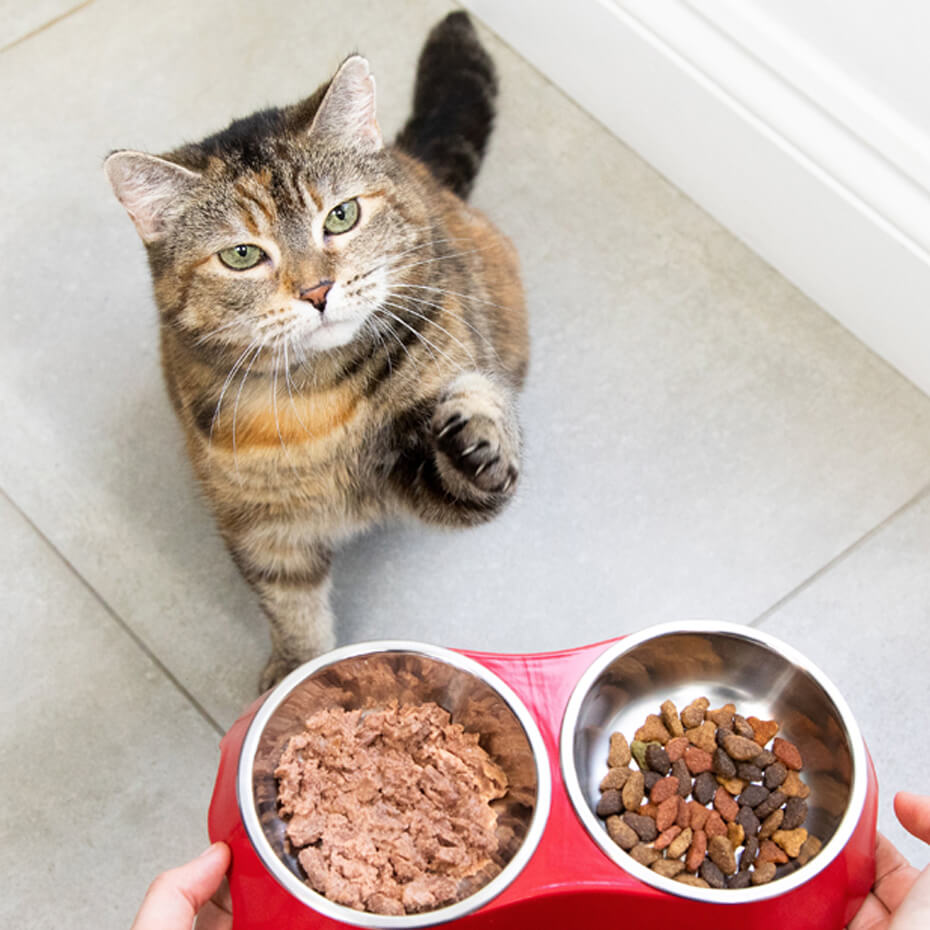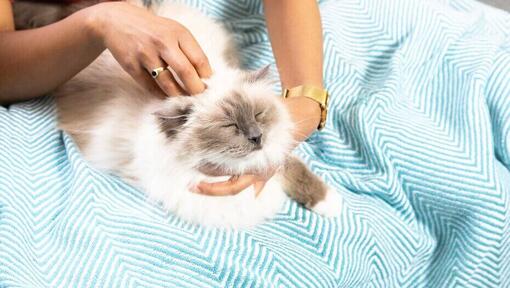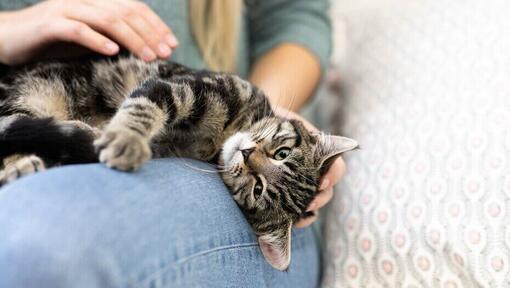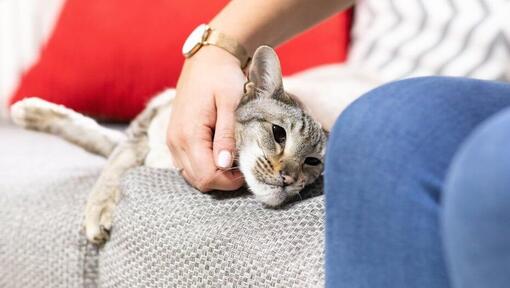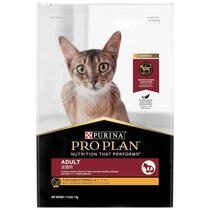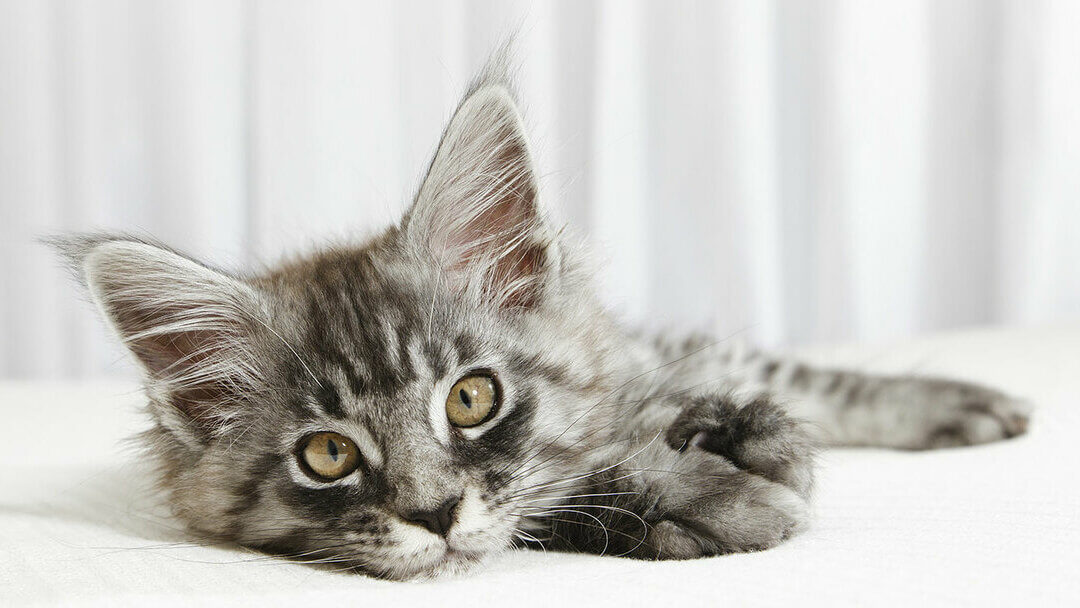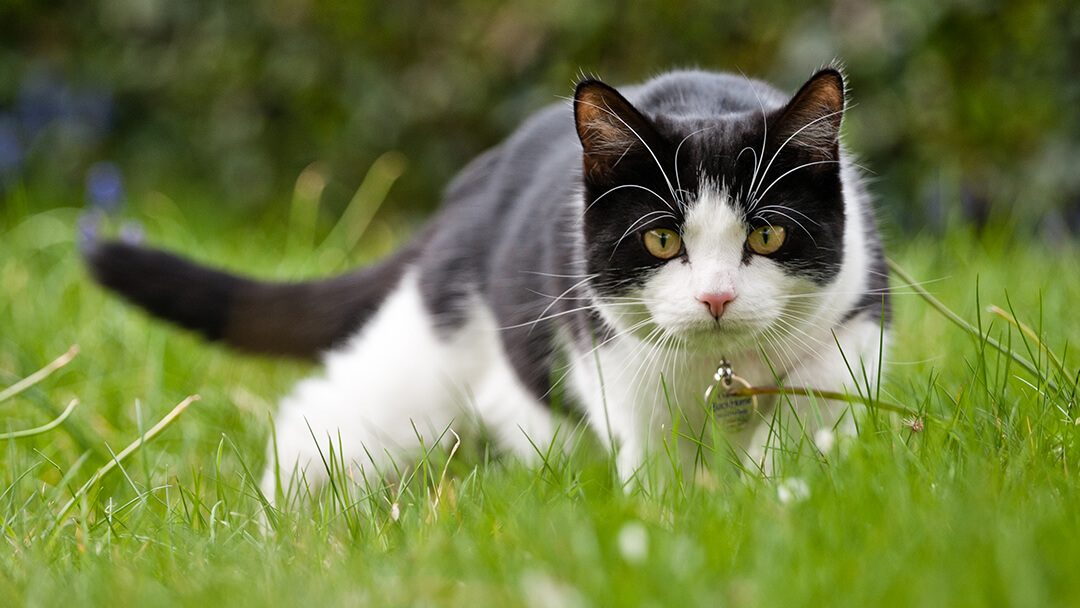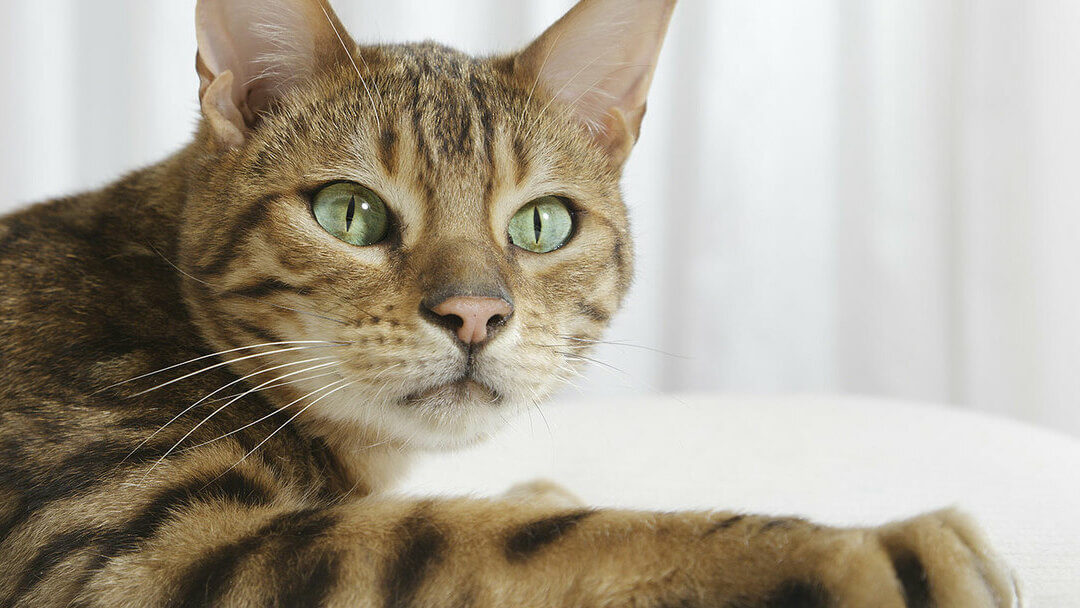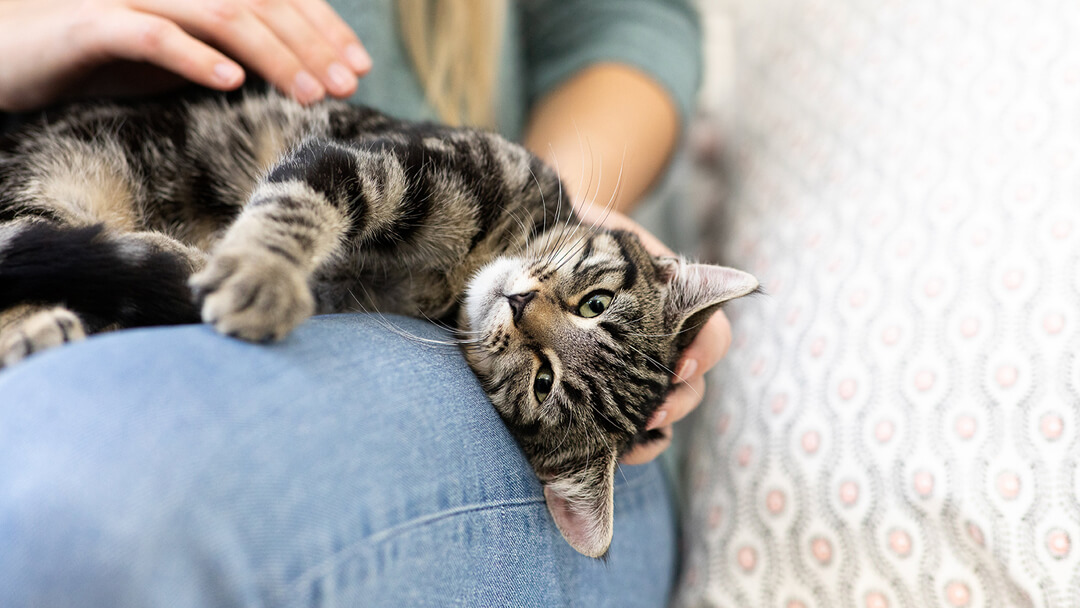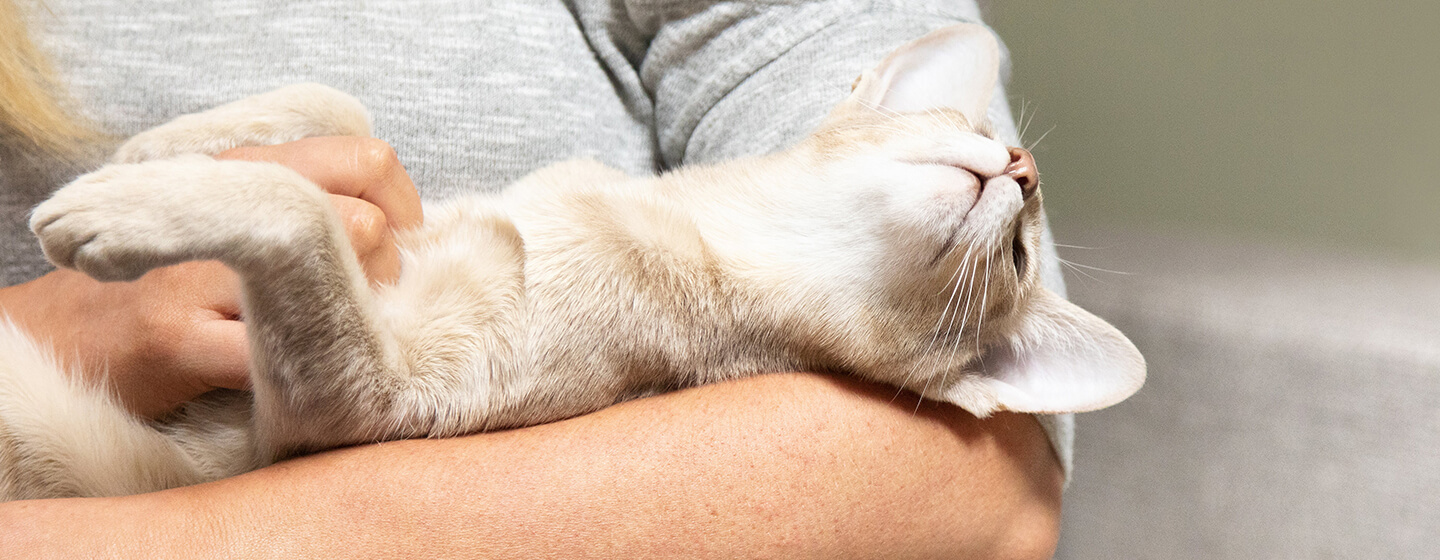
Curling up with your cat as she purrs is a comfort to all pet owners. It’s a sign she’s happy, content and feeling settled on your lap, enjoying lots of fuss and attention – or is it?
We all know that cats express their feelings by purring, in the same way that when we’re happy we smile and dogs wag their tails. Purring cats aren’t always happy cats though, and there’s lots of mystery around why they purr and how they make this mystical sound.
Previous scientific research has shown that cats don’t just purr when they’re happy but also when they’re distressed or afraid. Purring is a defence mechanism and a way to keep calm in stressful situations. You’ll often hear your cat purring at the vets as she’s being examined, but be careful not to mistake this as a happy sound! It’s more likely that your cat will be purring to calm herself down rather than enjoying the examination.
Purring isn’t just a method of non-verbal communication either; believe it or not cats also use it to self-sooth and manage pain. The mother cat purrs during labour to relieve discomfort and will continue to purr after her kittens are born to lead them to her body for nursing.
Since kittens are born blind and deaf, the vibrations from their mother are crucial to their survival and at just two days old, they can start communicating with their mum and littermates by purring back.
How do cats purr?
So we know why cats purr, but how do they actually make such a fascinating sound?
Research has show that muscles in your cat produce a sound that is responsible for moving the vocal cords - and as your cat breathes in and out, air hits the vibrating muscles. This is what makes the cat purring sound and as signals in your cat’s brain create the whole purring movement, scientists think that the purr is more of a muscular twitch rather than a vocal communication.
How does cat purring help humans?
It’s a known fact that owning cats relieve stress, not just because they’re cute to look at and are soft to cuddle but because of the positive effects their purrs have on us.
Cat owners have 40% less risk of a heart attack than non-cat owners and lower blood pressure after interacting with cats and hearing their soft purrs. Most interestingly however, is what’s known as ‘healing by association.’ This is the ability to calm, soothe and sympathetically heal illnesses in people just by being nearby, and many people have said they can ease their migraines just by lying down with their purring cat next to them.
"There’s even an old veterinary saying still repeated today: If you put a cat and a bunch of broken bones in the same room, the bones will heal."
Did you know?
The low frequency of a cat purring causes a series of vibrations inside their body that can ease breathing, heal bones and injuries, build muscle and repair tendons whilst acting as a form of pain relief.
A cat’s purr vibrates at 25-150 HZ, which is the same frequency that assists in physical healing with the same benefits that increase bone density. This is probably why your cat can jump from a tree and not feel a thing when it lands.
Not all cats can purr and the soothing vibration is only found in domestic cats and some wild cats. Cats that purr can’t roar, and cats that roar can’t purr! This is because of the small bone found inside the vocal cords, which in roaring cats, is a flexible bone. This softer bone allows big cats to make a deep, roaring sound but in domestic cats, this bone is completely hardened and only allows air vibrations while exhaling and inhaling.
The power of purrsuasion! Have you ever heard your cat purring louder and more desperately when she’s hungry? Researchers have recently identified a new purr called the ‘solicitation purr,’ which alters the normal-sounding purr into a more urgent ‘cry-like’ sound. This frequency is similar to that of a crying baby, which makes us instinctively want to help, and in your hungry cat’s case makes us rush for the cat treats!
A purring cat can be happy, stressed, hungry or content but by looking at their behaviour and sensing their mood, you’ll be able to work out what they might be trying to communicate to you.
Above all else, at least now you’ll know who to get cuddles from first when you’re feeling under the weather and in need of a little TLC.

